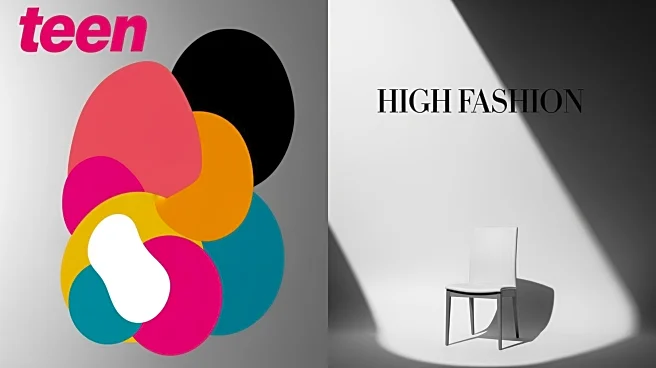What's Happening?
Condé Nast has announced the integration of Teen Vogue into Vogue.com, leading to significant changes in the publication's structure. This merger will result in the departure of Teen Vogue's editor-in-chief,
Versha Sharma, and additional staff layoffs. The restructuring has sparked criticism from the Condé Nast Union, which claims that the layoffs disproportionately affect marginalized employees and eliminate the magazine's political coverage. The union has expressed concerns over the lack of transparency and the impact on Teen Vogue's editorial independence. Despite these changes, Condé Nast executives, including Anna Wintour, have stated that Teen Vogue will retain its independence while benefiting from a larger platform.
Why It's Important?
The merger of Teen Vogue with Vogue.com marks a significant shift in the media landscape, reflecting broader industry trends towards digital consolidation. This move could potentially expand Teen Vogue's reach but raises concerns about the loss of its unique editorial voice, particularly in political coverage. The layoffs highlight ongoing challenges in the media industry, where financial pressures often lead to workforce reductions, impacting diversity and representation. The decision underscores the tension between maintaining editorial independence and adapting to changing market dynamics, which could influence future strategies for media companies navigating similar challenges.
What's Next?
As Teen Vogue transitions to the Vogue platform, stakeholders will be closely monitoring the impact on content and audience engagement. The Condé Nast Union has vowed to seek answers regarding the layoffs and the future of political coverage at Teen Vogue. The media industry will be watching to see if this merger sets a precedent for other publications facing similar pressures. Additionally, the response from Teen Vogue's readership and the broader public could influence Condé Nast's future decisions regarding editorial direction and staffing.











